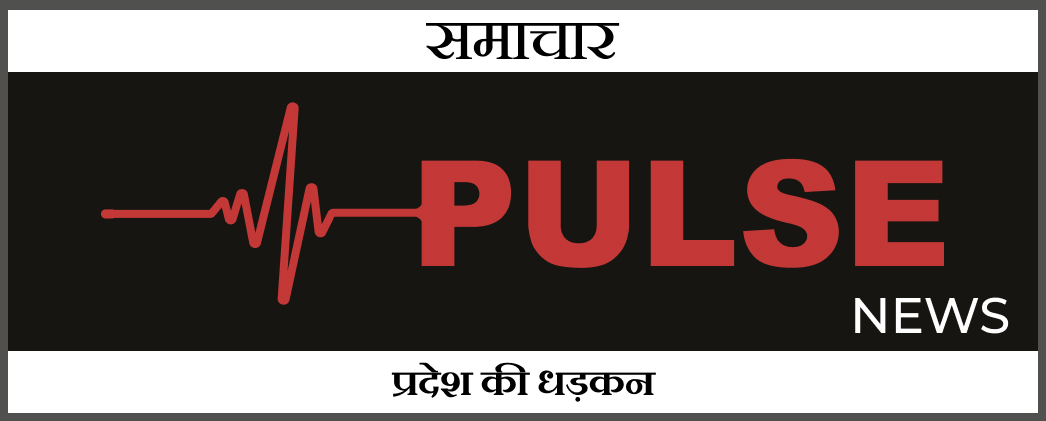Elastic shares traded within an eight-month descending channel before breaking out above the pattern’s upper trendline on Thursday ahead of the company’s quarterly results. Importantly, the move higher occurred on the highest trading volume since late August, indicating that some market participants had positioned for a better-than-expected earnings report. Stock market gains since the 2008 financial crisis were mediocre in volume. Only three days traded more than 200 million shares, a level similar to the late 1990s.
Record Highs Set in 2014
The Dow led the way higher once again, reaching a new record closing high. Gap (GAP) shares soared in premarket trading Friday after the apparel retailer reported stronger-than-expected third-quarter results and raised its sales outlook. Elastic (ESTC) handily surpassed Wall Street’s earnings expectations and lifted its outlook, sending shares in the enterprise data software company sharply higher on Friday. Shares of Gap Inc. (GAP) and Ross Stores (ROST) rose 13% and 2.2%, respectively, after the retailers released strong earnings reports.
- The one before that came on the final trading day of 2021, when Dow closed at 36,488.63 on Dec. 29, 2021, smashing the record it set on Nov. 8, 2021.
- The momentum from the Covid lows carried through to 2021, with the Dow breaking above 35,000.
- Then, in the last few months of 2023, investors began piling back in as hopes grew that interest rates would soon be cut and a nasty recession averted.
- While the 40,000 milestone is attention-grabbing, the number itself means little to investors.
- One of the largest Dow exchange-traded funds (ETFs), the SPDR Dow Jones Industrial Average Trust (DIA 0.95%), has an average component price-to-earnings ratio of 22.1.
We want our readers to share their views and exchange ideas and facts in a safe space. Exxon acquiring Pioneer for nearly $60 billion, a mysterious respiratory illness affecting orcl options chain and prices dogs across the U.S. and the challenges against transgender health care. Before joining Forbes, he covered the Black Mountain, North Carolina community for the Asheville Citizen Times. Ty earned his bachelor’s degree in journalism from Auburn University and his master’s degree in journalism from Northwestern University. Shares of Intel, IBM and Home Depot helped drive the record-setting rally. The downturn reflected a 10-month recession, from July 1953 to May 1954, during the military demobilization following the Korean War.
Instead of buying a Dow ETF, you can pick your 10 favorite Dow stocks and buy a share of each to create your own mini Dow portfolio. The TurboTax and Credit Karma parent said fiscal first-quarter revenue rose 10% to $3.3 billion, above the analyst consensus from Visible Alpha. Net income of $197 million or 70 cents per share declined from $241 million or 85 cents per share in the year-ago quarter, but topped analysts’ projections.
Realtime Prices for Dow Jones Stocks
The index reached its best closing level in well over three months. One of the largest Dow exchange-traded funds (ETFs), the SPDR Dow Jones Industrial Average Trust (DIA 0.95%), has an average component price-to-earnings ratio of 22.1. That’s compared to 33.3 for the Invesco QQQ Trust (QQQ 0.16%), an bonds will deliver in 2021 ETF that mirrors the performance of the 100 largest Nasdaq stocks.
Given its large-cap focus, the roster of companies included in the Dow fails to include companies of other sizes. Most market observers think the S&P 500 is a much better representation of the economy, as it includes 500 companies and draws more widely from different sectors. These changes are not done often to ensure the index’s stability and continuity. The Dow tracks 30 large, publicly owned blue-chip companies trading on the New York Stock Exchange and the Nasdaq.
2009 Recession
In the autumn, it began to consistently close above 35,000 points, and by the last week in December 2021, it surpassed 36,000 points. Journalist Charles Dow and his business partner, Edward Jones, established the Dow Jones Industrial Average in 1896 with 12 companies in the industrial sector. The number of companies included in the index increased to 20 in 1916 and then to the current number, 30, in 1928. Since its inception, the Dow has remained among the most frequently discussed and commonly tracked equities indexes. Where p are the prices of the component stocks and d is the Dow Divisor. Trading is typically carried out in an open outcry auction, or over an bollinger band trading strategy electronic network such as CME’s Globex platform.
That means if you had invested in a fund in 1983 that mirrored the Dow Jones industrial average, $1,000 would now be $32,000, or $10,500 in 1983 dollars. The Dow Jones Industrial average has doubled every 8.1 years, or 2,969 days, since 1983. Before that, it took more than 24 years for the index to double from 625 in the spring of 1959 to September 1983. The Dow tumbled 38% from its February 2020 intraday peak to a low of 18,213.65 in March 2020.
